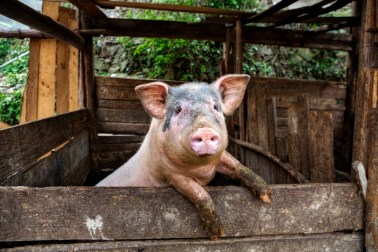In his book of proverbs, Blake writes, ‘A fool sees not the same tree that a wise man sees.’ That is true enough but it is not my tree-proverb, which runs, ‘An artist sees trees he can paint.’ When I look at trees, my eyes search instinctively for paintable ones, whose trunk and branches, leaves and swagger — for every worthwhile tree has pride of ancestry and wishes to cut a bella figura — I can get down on my paper and make lovable. Trees whose portraits I can paint. Trees are the nearest things in vegetable nature to human beings, with parents and offspring and lineage and long lifespans, whose shape and appearance — and health — are influenced by heredity and accident, place and quality of nourishment. Trees have faces and characters, even morals of a rough-and-ready, unscrupulous kind. They are often immigrants, from a few centuries back, who cunningly contrive to look very English, like beeches.

Get Britain's best politics newsletters
Register to get The Spectator's insight and opinion straight to your inbox. You can then read two free articles each week.
Already a subscriber? Log in





Comments
Join the debate for just £1 a month
Be part of the conversation with other Spectator readers by getting your first three months for £3.
UNLOCK ACCESS Just £1 a monthAlready a subscriber? Log in